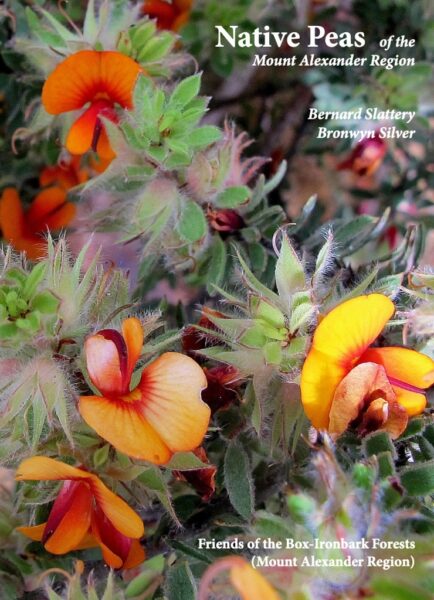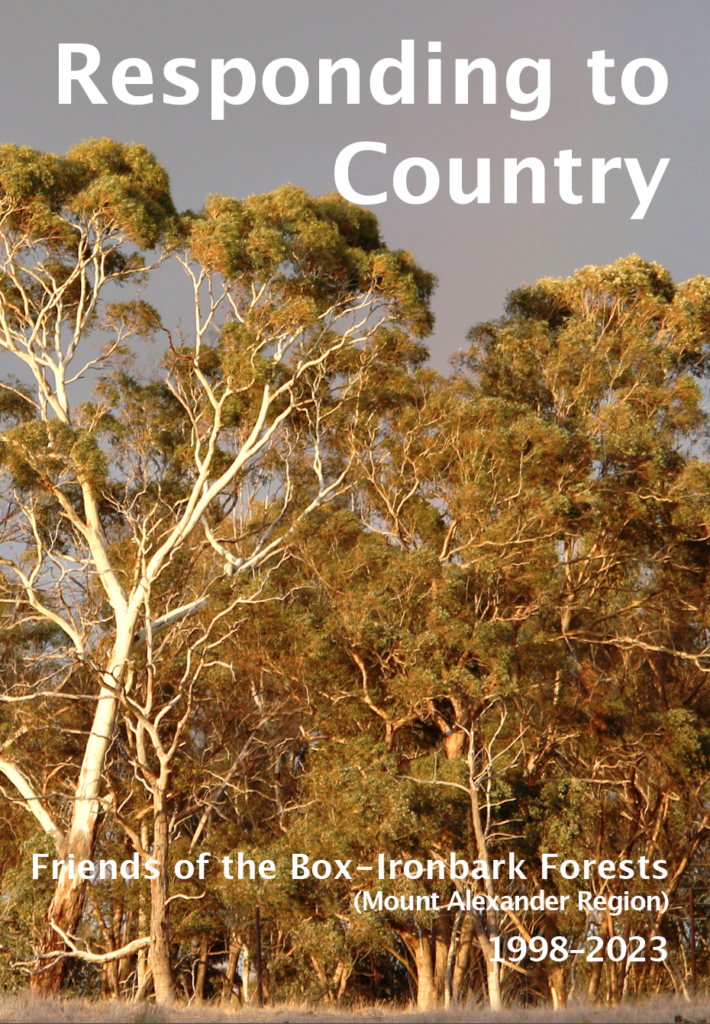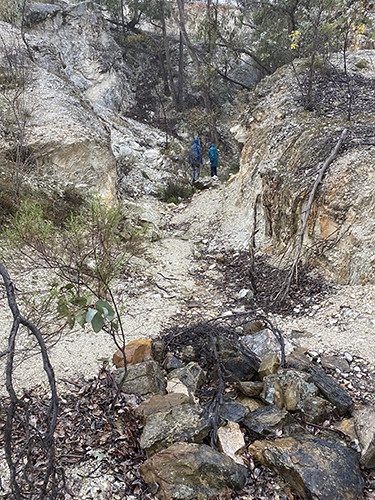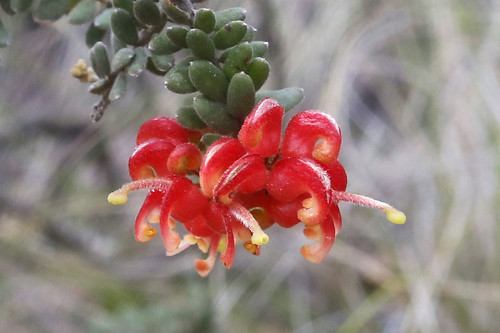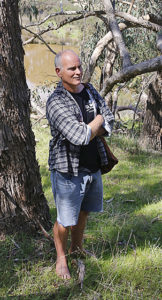
Damien Cook with Crocodile Reservoir in the background.
The sunny forecast for last Sunday meant a big group came to our second last FOBIF walk for 2017. We set out from near the corner of Spring Gully Road and Fryers Road and proceeded across country to Crocodile Reservoir before turning back to the starting point.
Leaders Damien Cook and Elaine Bayes once again provided an informative and entertaining commentary on interesting features of the landscape and local flora and fauna. Julian Hollis helped out with geological information as did Frances Cincotta with plant identification..
As you can see from the photos below there was a spectacular display of spring flowers. Click on photo to enlarge. Photos were contributed by Ruth, Rosemary and Bronwyn.
Our last walk for the year on 15 October will be in Muckleford Forest led by local Geoff Nevill. The focus will be on orchids, other wildflowers and some mining remains.

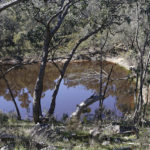
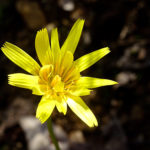
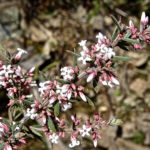
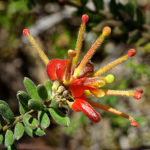
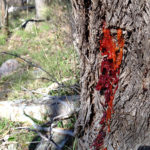
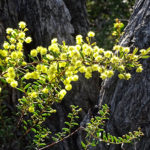
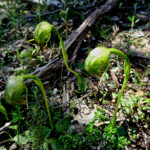
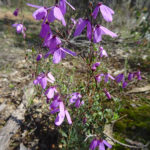
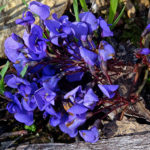
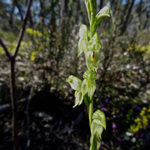
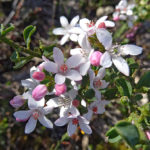
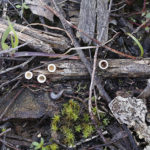
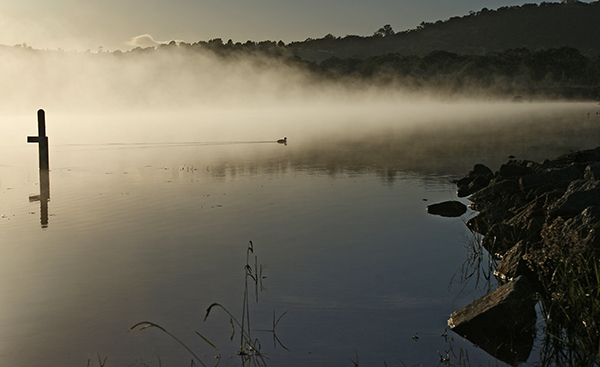
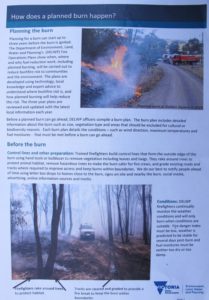
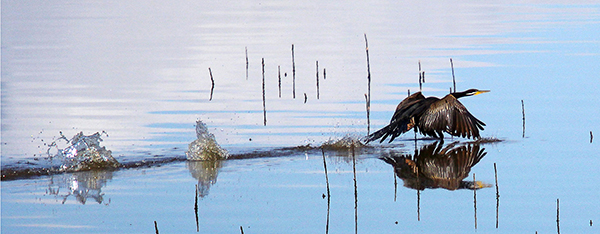
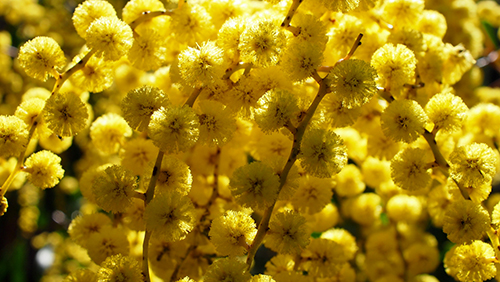
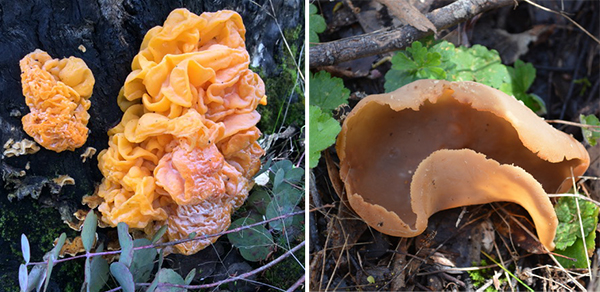
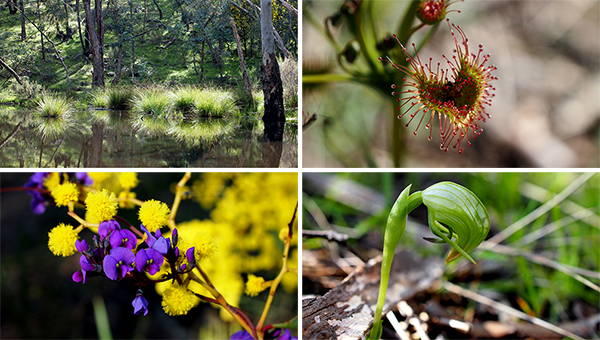
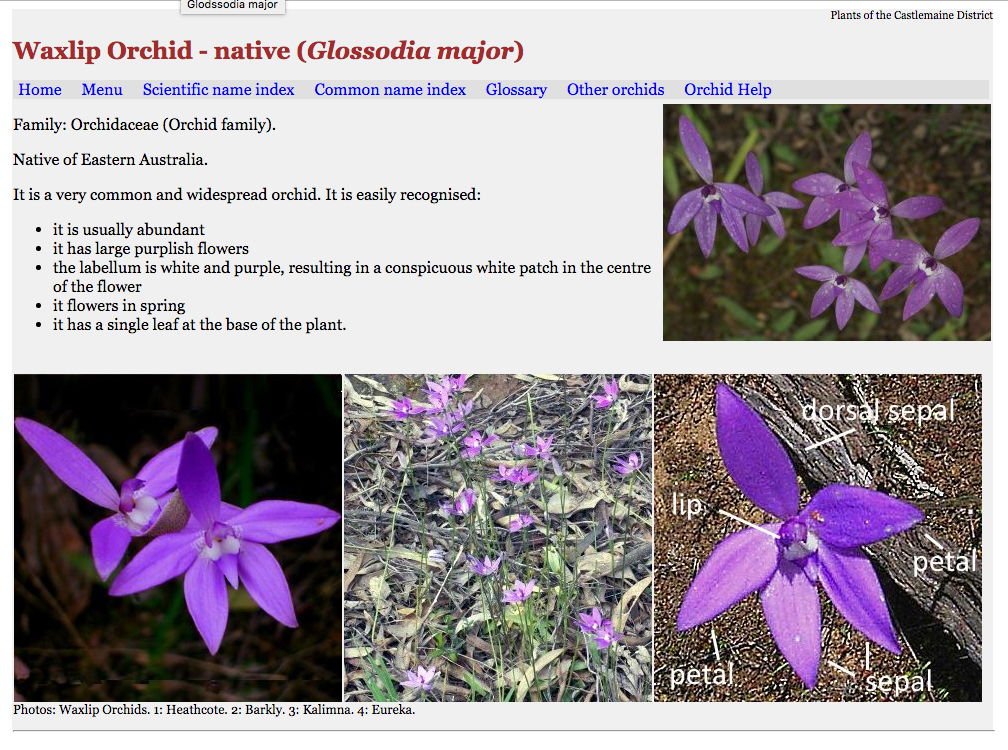

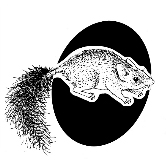
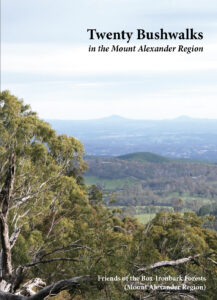
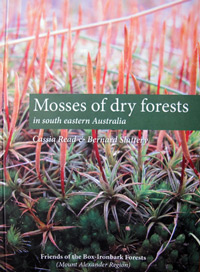 Click on image for info/order page
Click on image for info/order page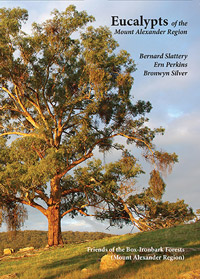 Click on image for info/order page
Click on image for info/order page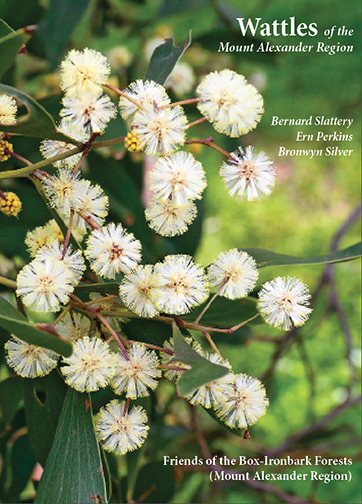 Click on image for info/order page
Click on image for info/order page